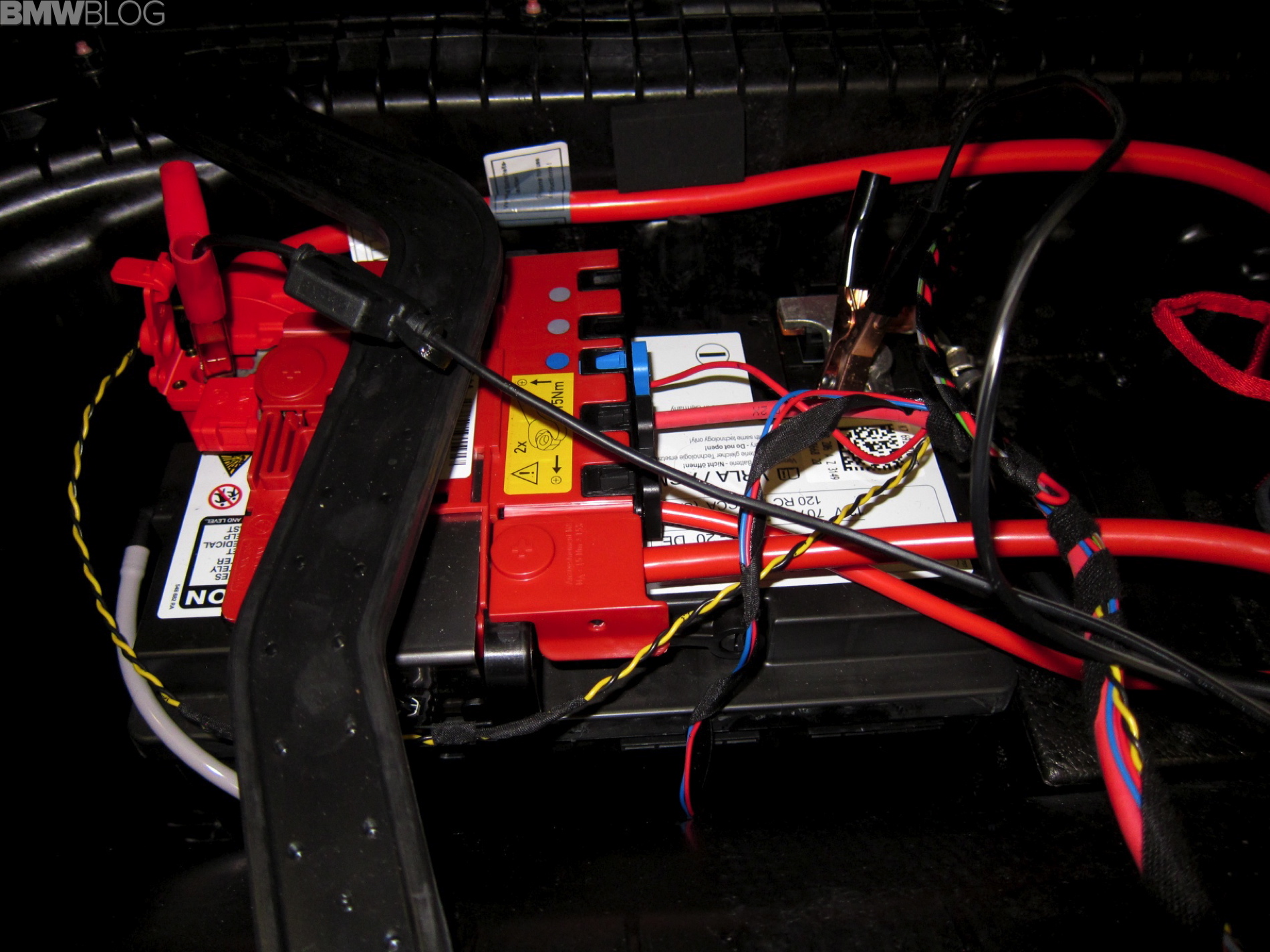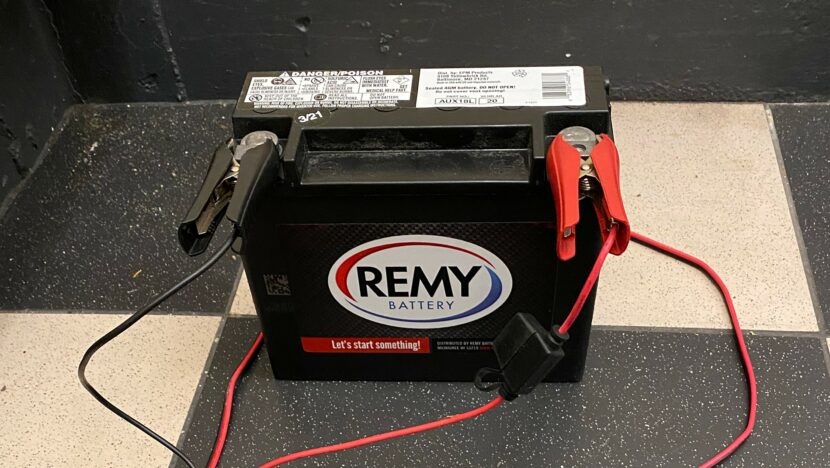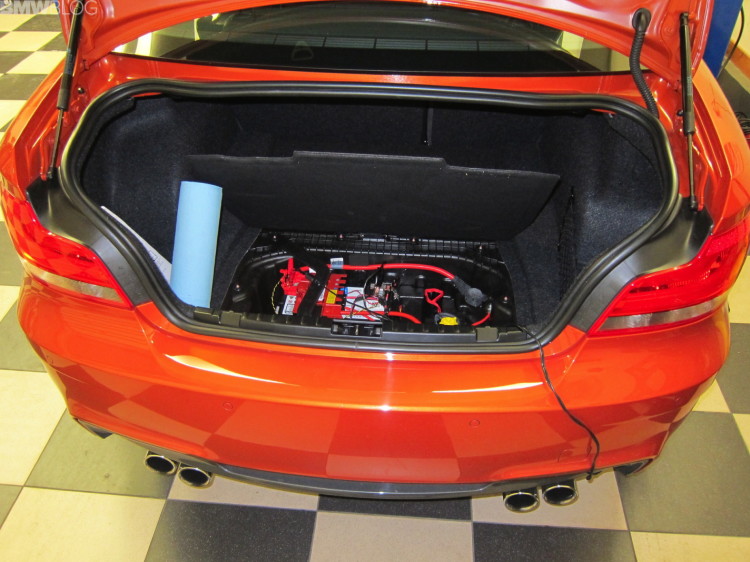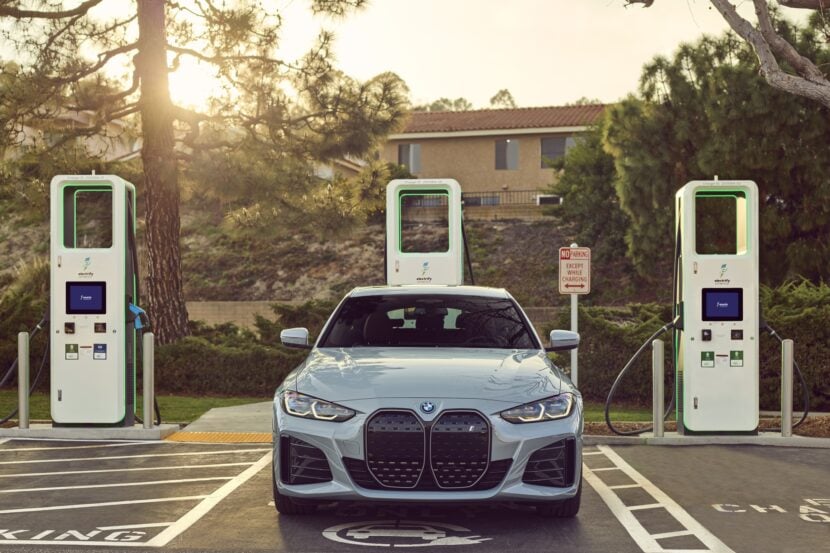AGM batteries vs. Lead-Acid batteries
Modern BMWs have dozens of control modules and hundreds of electronic actuators, which are components that control or move a mechanism or system. All these electronics consume a significant amount of energy, so it’s crucial to have a properly functioning electrical system in any BMW. These vehicles are becoming increasingly technologically advanced and can have up to three batteries, ranging from AGM to Lithium-Ion technology. This article aims to assist you in renewing the battery on BMW vehicles with traditional 12-volt systems. For repairs involving 48-volt or High-Voltage systems, please take your vehicle to the nearest BMW dealership or authorized independent repair facility, as trained professionals should handle these repairs due to the presence of hazardous voltages.
What is a battery?
Let’s start by understanding what a battery is. A battery essentially stores the energy generated by the alternator. It primarily starts the internal combustion engine in vehicles with a single 12-volt battery. Since 2002, BMW vehicles have used Valve Regulated Lead-Acid (VRLA), also known as Absorbent Glass Mat (AGM) batteries. Previously, the most common type of battery used was Lead-Acid. AGM batteries offer several advantages over Lead-Acid batteries, such as longer service life, increased starting reliability in low temperatures, higher power density, and complete sealing. In the unlikely event of damage to the battery casing, no sulphuric acid will escape.
Determining the root cause of battery discharge
Determining the root cause of your vehicle’s battery discharge is extremely important. Simply renewing your battery without identifying the underlying reason will likely result in another discharged battery shortly after replacement. Imagine spending $300 on a new battery, installing it in your garage, and then experiencing another failure to start the car two weeks later. How frustrating would that be? There are many reasons why a battery can discharge, ranging from an aged battery to a parasitic draw that depletes the battery while the vehicle is stationary.
How to check for a parasitic draw
Parasitic draws can occur for various reasons. These include leaving an interior light on overnight, incorrectly installing aftermarket devices such as radar detectors, cameras, or anti-theft devices, leaving the vehicle in accessory mode, or, in severe cases, a failed control module that keeps the vehicle awake. Yes, even BMWs get tired and must enter sleep mode when not in use to prevent electrical system issues. When your BMW enters sleep mode, all modules turn off, and the vehicle maintains a certain amperage while stationary to power the alarm system, tilt-sensors, ultrasonic interior sensors, and other components.
If the amperage exceeds this limit, your battery will discharge, and your vehicle will fail to enter sleep mode. This is a fault that must be addressed. One way to check for a parasitic draw is to close all the doors and lock the vehicle. After approximately 15-25 minutes (depending on the model, it may take longer or shorter), the hazard warning light and start/stop button illumination should turn off, indicating that the vehicle has entered sleep mode. If these lights remain illuminated after 25-30 minutes, you should have a professional address this issue, as locating the source of the fault(s) can be quite challenging.
How to register your new battery
Battery registration is only required if your BMW has an intelligent battery sensor, which you can identify by a connector and a small black box attached to the negative battery terminal. The intelligent battery sensor is a mechatronic component integrated into the negative battery cable. It contains a microprocessor that computes and assesses time-critical measured variables. It relays this information to the Engine Control Module (DME/DDE) to adjust the battery charge/discharge currents, monitor terminal voltage, battery temperature, and other important parameters.
Power management, as a subsystem of energy management in the DME/DDE, regulates the power output of the alternator and the battery charging rates. That’s why it is essential for you to register your new battery. In a nutshell, battery registration tells the power management system that you have installed a new battery in the vehicle. If you replace the battery without registering it, the power management system will not operate properly. You may even receive Check Control messages stating that individual electrical consumers are being switched off or having their power consumption reduced.
How to Replace a BMW Battery – Step-by-step instructions
To perform a battery renewal procedure, it is recommended that you visit your nearest BMW dealership or independent repair facility. If you have multiple batteries or notice purple or orange cables in your engine compartment, do not attempt this repair. Properly trained professionals are required to carry out specific disconnection procedures. However, if you decide to tackle battery replacement on your BMW with a single 12-volt battery, follow these steps:
- Locate the battery, typically in the luggage compartment but possibly in the engine compartment on some models.
- Unlock the vehicle using the remote control key button and place the key away from the vehicle.
- Allow the vehicle to enter sleep mode, as described previously. This step is critical to prevent damage to the vehicle’s electrical system.
- Remove the battery hold-down device(s) and/or cross member bars that secure the battery to the vehicle.
- ALWAYS remove the negative battery terminal first. It is recommended that you wrap the negative battery terminal in a shop towel or tape it up to prevent it from accidentally touching the battery.
- Remove the connectors from the red power distribution box attached to the positive battery terminal. Remove the battery vent hose, remove the positive battery terminal, unlatch the power distribution box from the battery, and place it to the side.
- Carefully remove the battery and set it outside the vehicle.
- If you are installing an OEM BMW battery (which is the only battery you should use), take a picture of the alpha-numeric characters near the QC barcode. You will need this later.
- Install the new battery, connecting the positive terminal first. If you have a torque wrench, tighten it to 5Nm (hand-tight if you don’t). Connect the battery vent hose, the power distribution box connectors, attach the negative battery terminal (using the same torque as the positive terminal), and re-install the hold-down device(s) and cross member bars (hand-tight is sufficient).
- To register the battery replacement, you will need a bi-directional scan tool. If you don’t have this tool, visit your dealership or independent repair facility.
If you have a bi-directional scan tool, begin by connecting it to the OBD2 port. Turn on the ignition, but keep the engine off, and locate the “register new battery” option. State whether or not you replaced the battery with the same capacity and, if asked, type in the alpha-numeric characters from the picture you took of the battery.
Congratulations! You have successfully replaced your BMW battery and are ready to have some fun on the open roads. I highly recommend purchasing a battery maintainer for BMWs that are not driven daily. Your BMW dealership’s parts department carries OEM BMW battery maintainers, which are very useful and easy to use.







































































